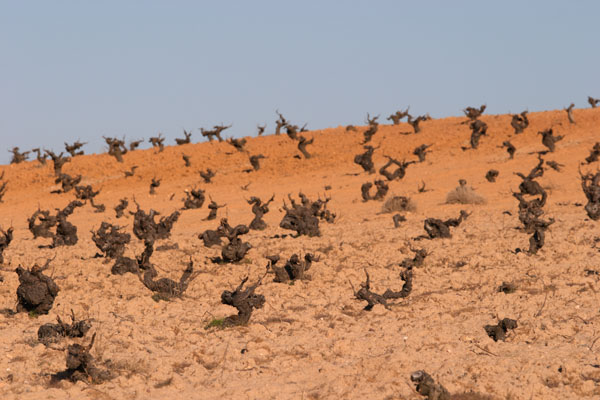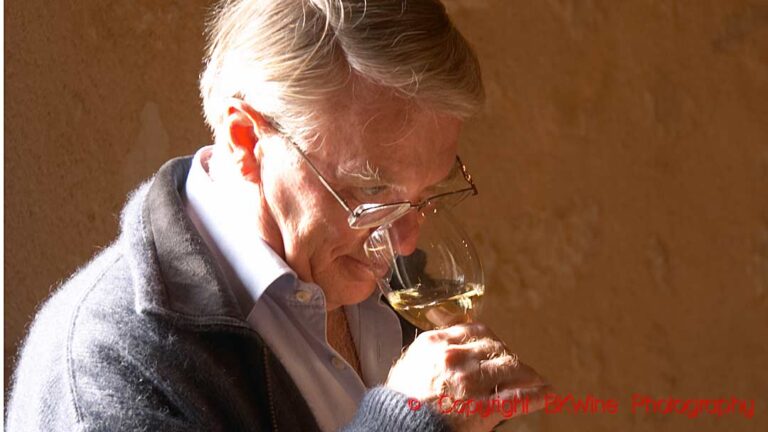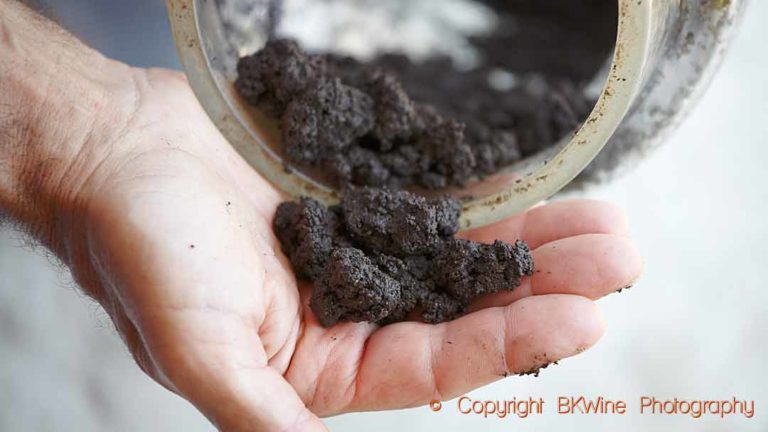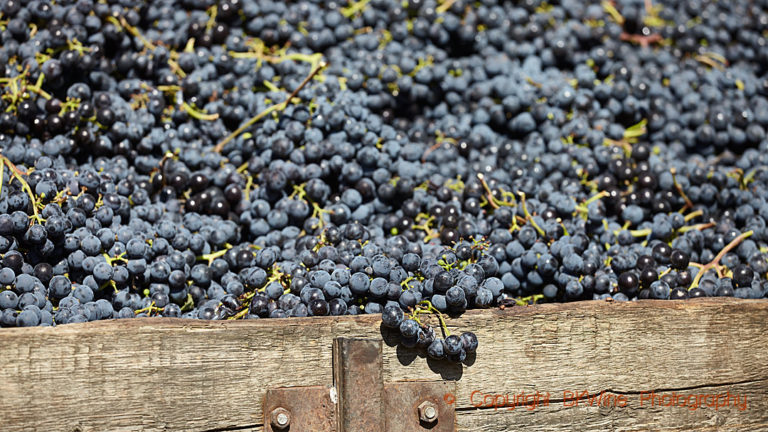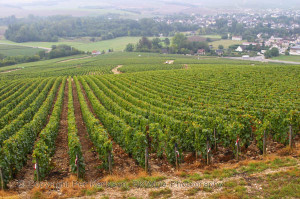
Wine growers talk about high and low yields in the vineyard. In Languedoc they have around 45 hectolitres per hectare, in Bordeaux 50 to 60 and in Champagne even higher. But when you talk about yield it is also important to know the planting density of the vineyard.
The density can vary between 1 500 and 10 000 vines per hectare. Some parts of Bordeaux (Médoc, Saint-Emilion, Pomerol), in Champagne and Burgundy (Côte d’Or) have a density of 8 000-11 000 vines per hectare.
In really hot districts, where the competition for water is great, it can go down to 2000. The most common is a density of between 3,000 and 6,000 plants per hectare. The greater the distance between the rows, the higher the vines.
With the same yield you will have half as many grapes on each vine if you have 10,000 plants per hectare compared to if you have 5000. White grapes can cope with high yields better than red grapes. Among the red grapes cabernet sauvignon can cope with high yields better than pinot noir does.
Both planting density and harvest yields are very interesting to discuss with the wine makers. Everyone has his own opinions on it. Come on a wine tour with BKWine and you will get the opportunity to talk to the wine producers yourself.
